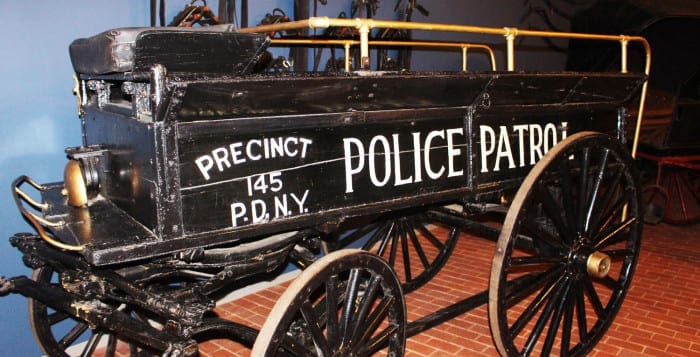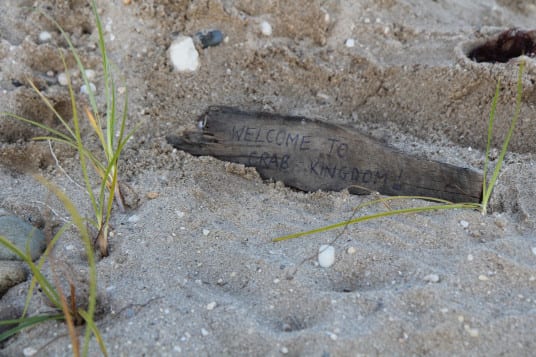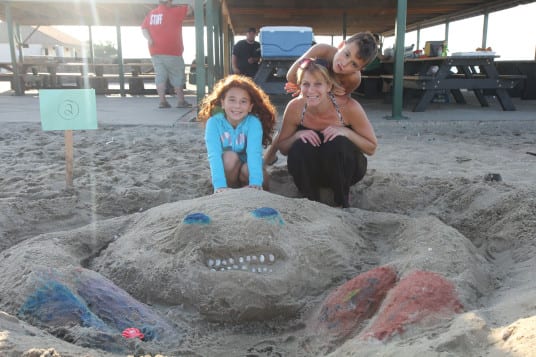It’s a boy. It’s also a major milestone.
Katie Picarella of Rocky Point was wheeled into the room with her new bundle of joy and her husband Mike and daughter Gianna, 5, to celebrate the birth of Stony Brook Hospital’s 100,000th baby, Luca Michael Picarella on Thursday, Aug. 20. And by the time she was wheeled out, she had much more than a new member to her family.
The hospital presented blue cupcakes surrounded several pink cupcakes that spelled “100K,” in the Stony Brook University Hospital’s lobby in celebration of the event.
Todd Griffin, chair of the department of obstetrics, gynecology and reproductive medicine, said he expected Katie Picarella to give birth near the end of August, and he was right. Attending OB/GYN and former Stony Brook student Julie Welischar delivered Luca the morning of Monday, Aug. 17.
Until a week ago the Picarella family was unaware of the news that Stony Brook was expecting its 100,000th birth.

“A friend of ours told us [that they] had been following this,” Mike Picarella said. “I started looking at it and [the friend] said, ‘you guys are getting close. It’d be funny if you guys are the couple.’”
But the expecting father said he was still surprised when the doctors informed him that his newborn son was the 100,000th baby.
The family didn’t just leave with their new baby boy, they also left with a gift basket, which awarded the Picarella family with $10,000 scholarship from the Island Federal Credit Union, a $2,500 scholarship toward tuition at the North Shore Montessori School, a $500 shopping spree among other gifts for the parents and their newborn.
Luca’s older sister Gianna, who was also delivered at Stony Brook, was also awarded with a brand new American Girl doll.
“Truly from the bottom of our hearts and all of our family’s hearts, we greatly appreciate it,” Mike Picarella said.
The entire Picarella family said they were thankful for the gifts and shocked by the news that they were the couple who birthed the 100,000th baby.
“Stuff like this doesn’t happen to us,” Katie Picarella said when speaking to the media. According to Picarella, the birth was scheduled for Friday after doctors realized Picarella’s baby would come before the end of August. But Picarella rescheduled the C-section delivery date because she wanted to have enough time to recover in order to attend her daughter’s Kindergarten screening.
The family of four also had the opportunity of meeting Jeff Solomon, who was the first baby born at Stony brook University Hospital on May 28, 1980 at 8:15 a.m. Solomon’s father Bob Solomon and step-mother Hope also attended the conference and met the family.
Before the family prepared to go home, Griffin highlighted the importance of the birth.
“For years the number of births on long island have been going down,” Griffin said. “We’re actually starting to see in the last year or two that the births have been going up.”






























